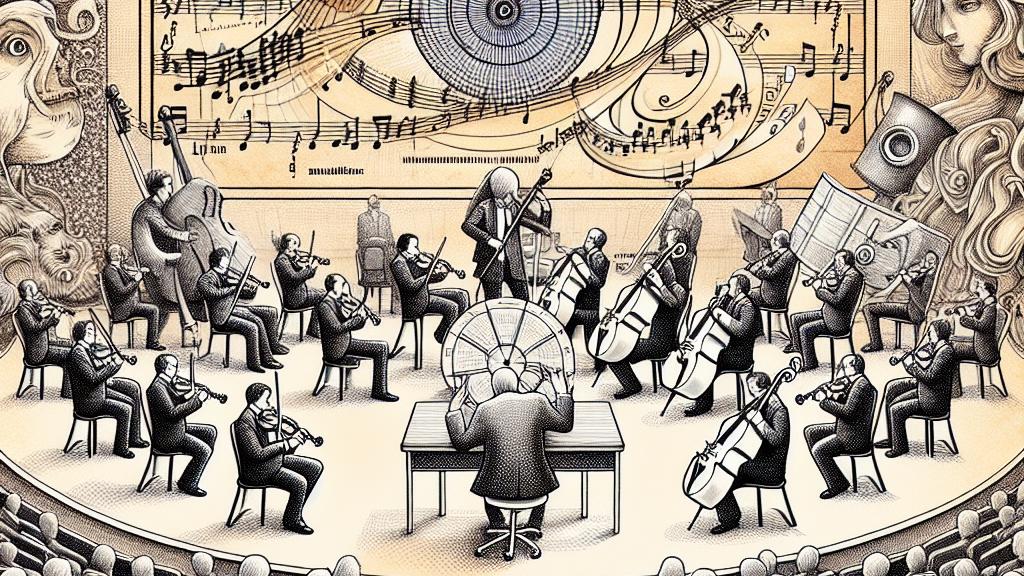Quantifying Variability in Music Pieces: Insights from Physics
Overview
- Innovative research evaluated over 550 music pieces, from classical to jazz.
- Discoveries reveal fascinating predictability variations among composers.
- This study introduces a groundbreaking quantitative approach to understanding musical diversity.

Understanding Musical Variability
Nestled in Germany, at the renowned Max Planck Institute for Dynamics and Self-Organization, researchers embarked on a remarkable mission to dissect the fascinating world of musical variability. They explored more than 550 pieces, seamlessly blending the exquisite charm of classical masters like Johann Sebastian Bach and Wolfgang Amadeus Mozart with the vibrant energy of jazz improvisations. Their goal was to delve deep—not just to understand music but to quantify the emotional dynamics that play out in the minds of listeners. To achieve this, they employed advanced time series analysis, a technique that scrutinizes pitch sequences to derive an autocorrelation function. This mathematical tool measures how closely current musical tones correspond with preceding ones, unearthing a rich narrative about composers’ clever manipulation of listener expectations.
Autocorrelation and Predictability
As the researchers peeled back the layers of their findings, they revealed an engaging array of predictability interwoven with delightful surprises within musical compositions. Take Bach, for example; his pieces often exhibit transition times between five and twelve quarter notes, showcasing an element of unpredictability that captivates listeners! In stark contrast, Mozart’s timeless melodies usually present longer transition intervals, ranging from eight to twenty-two quarter notes, making them more predictable. This difference creates a curious yet compelling dynamic: Bach's music surprises and challenges the listener, while Mozart’s masterful compositions provide a comforting familiarity. Now, when we turn our attention to the realm of jazz, we notice a completely different flavor, where the thrill of improvisation reigns supreme. Jazz pieces frequently feature shorter transition intervals, emphasizing spontaneity and inviting audiences to savor the unexpected twists and turns of musical storytelling. Thus, the contrasts in predictability not only exemplify diverse styles but also enrich the individual emotional journeys that listeners embark upon.
Implications for Music and Emotions
The implications of this groundbreaking research reverberate far beyond the confines of academic inquiry—they open up tantalizing possibilities for understanding how music interacts with our emotions and cognitive processes. Building on Leonard Meyer’s insightful theories, which propose that emotions in music arise from a delicate interplay of expectation and surprise, this study underscores the importance of statistical measures like autocorrelation in revealing how musical compositions impact our emotional experiences. Imagine a future where educational programs leverage these insights to foster emotional intelligence using music, or therapeutic practices that harness the power of melodies to enrich cognitive and emotional well-being in diverse populations. The possibilities are truly exciting! By marrying empirical research with the profound emotional resonance of music, this study challenges us to reevaluate the depth of music's influence on our lives, highlighting its potential not only as a form of entertainment but as a transformative force for personal growth and healing.

Loading...